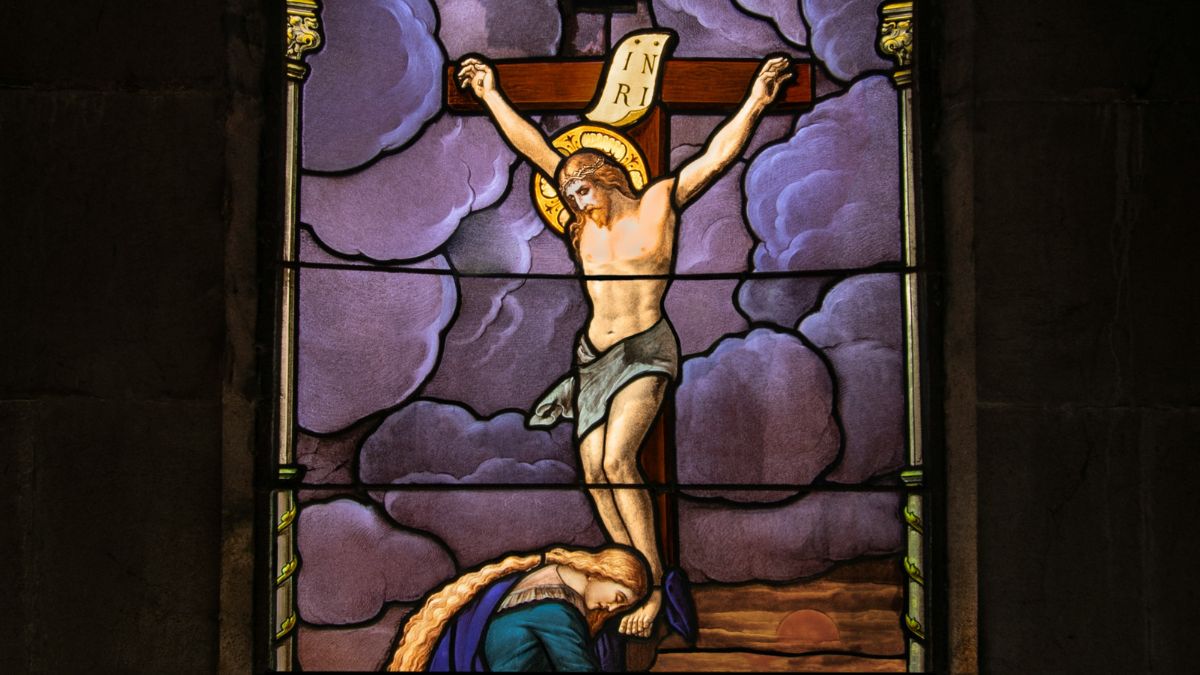

BreakPoint
For Sale
"We're building what families want." That's what my new colleague was told again and again by realtors when he recently moved to the Washington, D.C., area. Bob and his wife were looking for the kind of neighborhood they'd enjoyed in the Midwest: an old-fashioned "Elm Street" where their kids could walk to school, church, and parks. But wherever this family looked, they found unconnected subdivisions where lives are fragmented and families have to depend on cars to go everywhere--whether to school, the library, or even to church. Is this what families really want? Emphatically not, says architecture critic James Howard Kunstler. In a recent Atlantic Monthly article, Kunstler says Americans are longing for homes with front porches on tree-lined streets, with sidewalks that encourage neighbors to stroll and visit with one another. They want neighborhoods clustered around a central public square with churches, schools, and shops. They want the feel of a New England college town where neighbors rub shoulders daily on the sidewalks and streets. But ironically, Kunstler says, zoning laws enacted since the Second World War have discouraged the building of the classic towns Americans love best. Current municipal ordinances mandate that people live in separate zones from where they work and where they shop and where they go to school. As a result, children are isolated from school friends, who may live many miles away. Long commutes to work mean parents have less time for their children and their neighbors. And most subdivisions are segregated socially: They're enclaves of people who all live on the same economic level. These neighborhoods fragment people by age group, as well. For example, elderly people who don't drive can't live in modern subdivisions because the nearest stores and doctors' offices are a car ride away. In his book A Better Place to Live, Philip Langdon writes that Americans "hop from suburb to suburb because few suburbs are compelling enough to command their affection." In other words, their neighborhoods fail to help them form solid relationships. They are living in places that just don't feel like home. Christians can take a role in helping to bring back the kinds of neighborhoods that Americans thrived on for 300 years. We can start by lobbying for changes in zoning laws. We can encourage developers and architects who are trying to re-create the small town ethos Americans are longing for. But we don't have to wait for zoning boards and developers to act. Jim Boice, pastor of Tenth Presbyterian Church in Philadelphia, urges Christians to commit themselves to staying in one place. Boice is a living example of what he preaches: He has remained committed to both Tenth Presbyterian and to his downtown neighborhood for nearly 30 years. This gifted pastor has turned down many attractive opportunities in other cities in order to build a sense of permanence and belonging. And he urges his parishioners to do the same. Our God is a God of history, working through real places and real people over a course of time. One way to imitate God is through committing ourselves to people and places, building our neighborhoods to be places of community, connections, and mutual support. No matter what the realtors say, that is what families really want.
10/17/96















